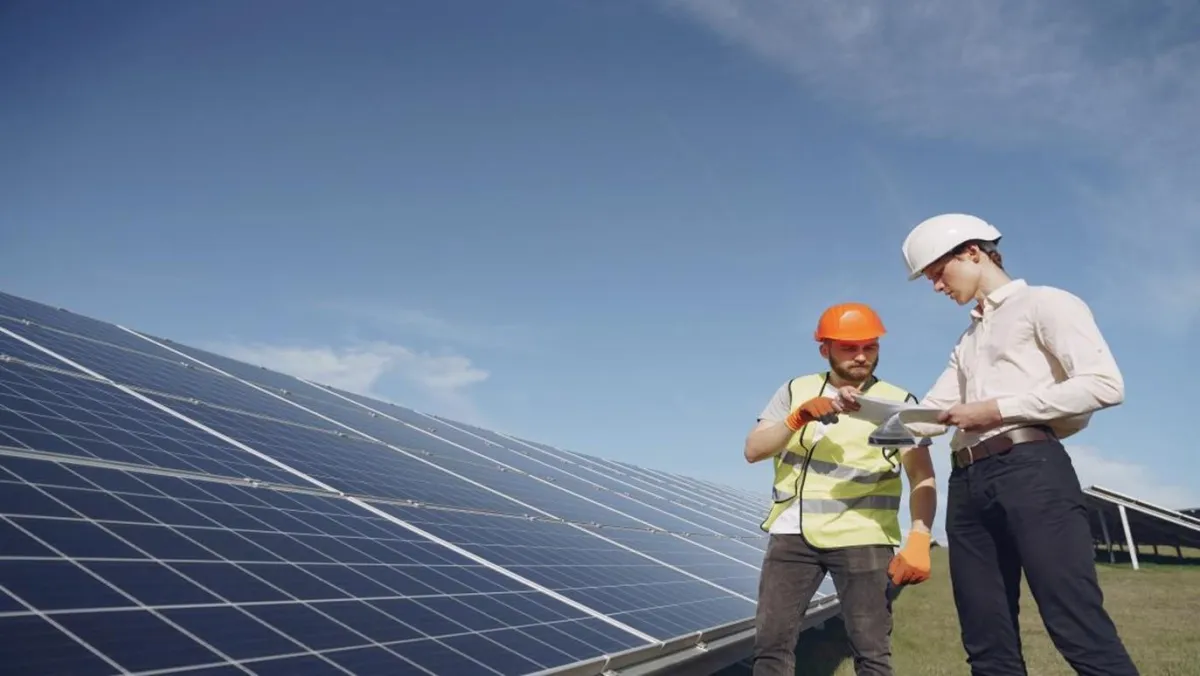
Solar Panel Lifespan and Durability: What to Know
Solar panels represent a long-term investment, and understanding the expected lifespan is essential before committing to clean energy. At Ramselec Solar, high-performance systems are designed to withstand Australia’s harsh conditions while maintaining optimal efficiency. This article explores the realities of solar panel lifespan and durability, supporting property owners in making informed decisions. Having accurate information helps protect the investment and supports a confident move toward energy independence.
Table of Contents
Solar Panel Lifespan and Durability: What It Means
Information on the Longevity and Durability of Solar Panels
Factors That Influence Solar Panel Longevity
Performance Over Time: What to Expect
Protecting the Investment: Durability Best Practices
Why Durability Matters for Australian Homes and Businesses
Key Takeaways
High-quality solar panels typically last 25 to 30 years or longer.
Durability depends on material quality, installation, and weather exposure.
Maintenance, monitoring, and proper installation boost longevity.
Choosing reliable installers ensures long-term performance.
Solar Panel Lifespan and Durability: What It Means
Solar panels are built for endurance. However, durability is not only about how long the system lasts but also how effectively it performs over time. Most solar modules remain operational beyond 25 years, though solar energy output gradually declines. This decline, referred to as the degradation rate, is a key factor in evaluating long-term performance.
Panels certified under international quality standards can withstand hail, storms, UV exposure, and temperature fluctuations. But these aren't blanket guarantees. Solar panels can vary significantly in quality, and the same applies to the standards of installation.
Understanding this helps in making the most of solar energy systems and achieving a reliable return on investment.
Information on the Longevity and Durability of Solar Panels
Standard photovoltaic (PV) panels generally have a lifespan of 25 to 30 years, though many continue generating electricity beyond that period. Rather than failing abruptly, panels gradually lose efficiency over the years. This process, known as degradation, occurs at an average rate of around 0.5% per year. As a result, a solar panel that has been in use for 25 years may still deliver 85–90% of its original output, making it a reliable long-term energy solution.
Factors That Influence Solar Panel Longevity
Material Quality: The lifespan of solar panels is heavily influenced by the standard of materials used in production. Panels built with premium-grade silicon cells and encapsulated tempered glass are more resistant to environmental stress and chemical wear. These materials help maintain a slower degradation rate and ensure consistent performance throughout the system’s lifetime.
Installation Standards: Correct installation plays a critical role in determining the lifespan of solar panels. When mounted with proper angling, secure framing, and professional-grade wiring, the system is better equipped to withstand wind, vibrations, and structural stress. Poor installation can result in issues such as water intrusion or microcracks, which reduce overall functionality and longevity.
Environmental Conditions: The surrounding environment has a direct impact on panel durability. Regions that frequently experience hailstorms, heavy rainfall, salt-laden coastal air, or high levels of dust can subject panels to additional wear and tear. While most panels are built to withstand such elements, constant exposure without preventive maintenance can lead to accelerated degradation.
Manufacturer Warranty: A strong performance warranty is a reliable indicator of product confidence. Most Tier 1 manufacturers offer performance warranties of 25 years or more, assuring that the panel will maintain a certain percentage of its original output during that period. Some warranties also cover product quality and workmanship, providing additional peace of mind.
For example, monocrystalline panels, known for high efficiency and uniform appearance, typically offer greater resistance to UV radiation and extreme temperatures compared to polycrystalline options. This added resilience often results in improved long-term performance and an extended operational lifespan.
Performance Over Time: What to Expect
While the physical structure of solar panels may last decades, output gradually diminishes.The National Renewable Energy Laboratory (NREL) has found that solar panels generally experience a median annual degradation rate of about 0.5%.
This translates to:
Year 1: ~99.5% of original output
Year 10: ~95% of original output
Year 25: ~87% of original output
The key is consistency. Even with slightly reduced efficiency, the savings and sustainability benefits remain substantial.
Protecting the Investment: Durability Best Practices
To maximise solar panel lifespan:
Professional Installation
Proper installation eliminates risks like microcracks or frame stress, which reduce durability. Panels installed by certified experts comply with industry regulations and withstand extreme weather.
Scheduled Maintenance
Regular inspections play a key role in detecting issues early, such as water intrusion, corrosion, or unsecured wiring. Simple practices like removing debris or bird droppings also help panels work efficiently.
Monitoring Systems
Advanced inverters and monitoring applications are capable of accurately tracking energy production. Unexpected dips in output often signal an issue needing attention.
Use of Tier 1 Products
Tier 1 panels are manufactured by companies with proven financial and operational reliability, backed by extensive R&D and global testing standards.
Why Durability Matters for Australian Homes and Businesses
The Australian climate offers unique advantages and challenges when it comes to the performance and durability of solar technology. High UV exposure and varied temperatures demand robust systems. Solar panels in regions like Queensland and New South Wales face intense summer heat and heavy storms.
Tempered glass and corrosion-resistant frames are essential for maintaining solar panel durability in demanding environmental conditions.
Solar Panel Lifespan vs. Inverter Lifespan
Solar panels generally operate efficiently for over 25 years, whereas inverters usually have a lifespan of 10 to 15 years. Budgeting for mid-lifecycle replacement of the inverter is important to maintain optimal system output.
Adding battery storage, further enhances system efficiency and supports energy independence.
Conclusion
Understanding solar panel lifespan and durability empowers property owners to invest smartly. At Ramselec Solar, we offer certified, long-lasting systems backed by experienced installation and premium warranties. Whether it’s a new residential setup or a commercial upgrade, solar energy can be a dependable long-term solution if approached with clarity and precision. Contact us today to discuss tailored solar solutions that deliver enduring performance, optimal efficiency, and future-ready value.
FAQs
How long do solar panels typically last?
Solar panels are typically designed to last between 25 and 30 years. Even after this period, electricity generation continues, though with reduced efficiency.
Do solar panels degrade over time?
Yes, solar panels experience gradual degradation. On average, output declines at a rate of approximately 0.5% per year, resulting in about 85–90% efficiency after 25 years.
Can the weather affect solar panel lifespan?
Durability can be affected by environmental factors like intense heat, ultraviolet exposure, hail, and airborne dust. However, high-quality materials and proper installation help mitigate these effects.
Do solar panels need maintenance?
Routine cleaning combined with periodic professional inspections is generally adequate for maintaining optimal performance. These steps help maintain optimal performance and extend operational life.
What happens after 25 years of use?
After 25 years, solar panels typically continue to function but with lower efficiency. Replacement decisions often depend on performance and energy requirements.
Are solar panels a good investment long term?
Solar panels offer long-term advantages by reducing energy costs and supporting environmental sustainability. Consistent performance over decades makes this technology a sound investment for many property owners.







